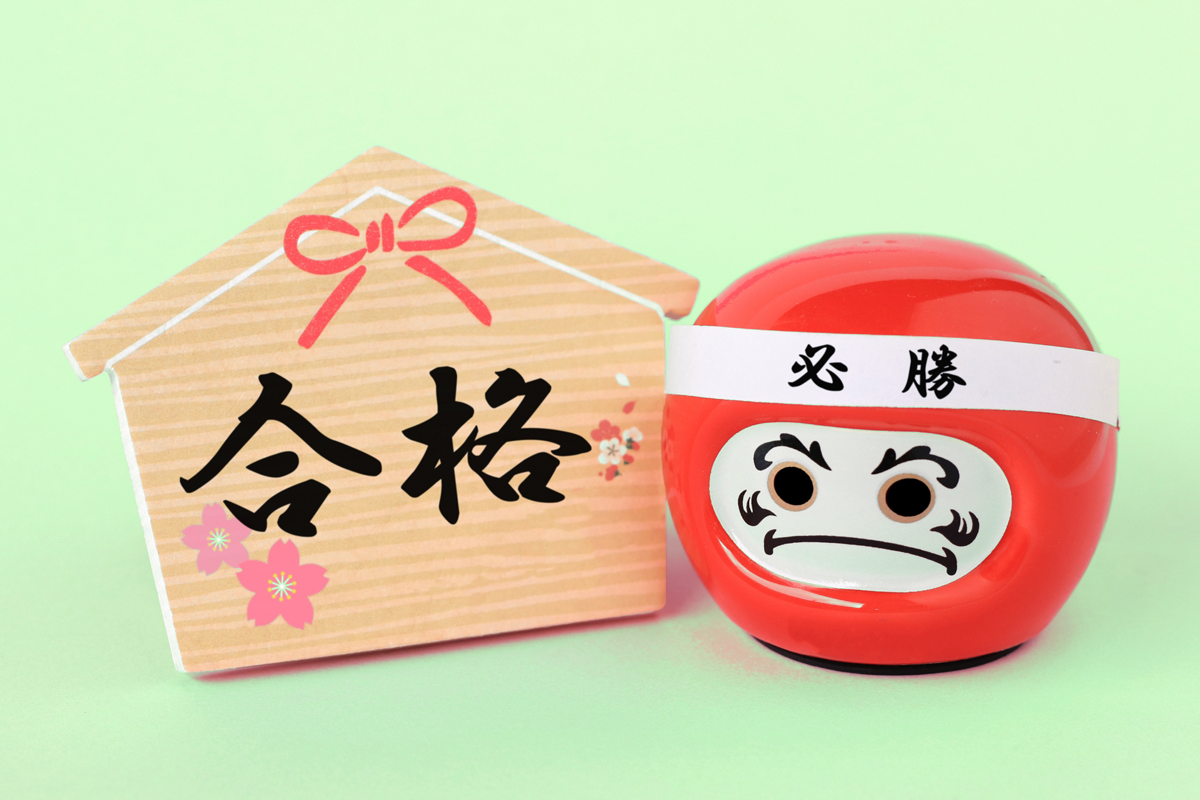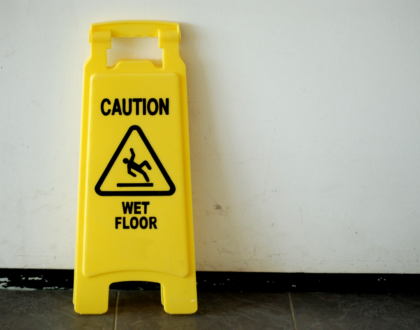What is the JLPT and When to Take it

by Madelaine
The Japanese-Language Proficiency Test, JLPT, is the one and only certificate to showcase your overall grasp of Japanese. With 5 test levels to choose from and only two test dates per year this test cannot be taken casually, so read on to decide on whether and when to best take the JLPT.
コンテンツ
What is the JLPT?
The JLPT is the only widely accepted test that assesses your Japanese language skills.
It is a multiple-choice test, covering the three areas of vocabulary and grammar, reading, and listening.
As such the JLPT is testing your ability to understand Japanese and says little about how competently you can actually use the language in speaking and writing.
The JLPT doesn’t have an official canon of vocabulary and grammar to study since its aim is to assess your overall understanding of Japanese. Nevertheless, following textbooks or sites like tanos.co.uk will give you the study list you are looking for and teach you what you need to know for each level.
You can read about the official level explanations here, but let me give you a more practical summary of the Japanese skills at each level.
JLPT Level N5
“The ability to understand some basic Japanese”.
You need to know around: 100 kanji and 800 words
With N5 you can’t really do much. You can use kana to write simple sentences and introduce yourself. Maybe it’s enough to say what you want, but don’t expect to be able to read anything or hold a conversation. Don’t get me wrong, you will still feel pretty amazing, after all, you just gained access to a fascinating new world.
JLPT Level N4
The ability to understand basic Japanese.
You need to know around: 300 kanji and 1,500 words
At N4 you can have simple conversations about things you are familiar with and ask for directions. At this level, you can get what you want and can live in one of Tokyo’s “gaijin bubbles” or travel around Japan comfortably. N4 is also the minimum skill level to be able to follow instructions at part-time jobs.
JLPT Level N3
The ability to understand Japanese used in everyday situations to a certain degree.
You need to know around: 650 kanji and 3,700 words
The learning curve suddenly got steeper, don’t you think. With N3 you should be able to make and talk with Japanese friends and have a good enough grasp of the language to use explanations to help you over situations where you run out of words. Texting in Japanese is also possible without too much trouble.
JLPT Level N2
The ability to understand Japanese used in everyday situations, and in a variety of circumstances to a certain degree.
You need to know around: 1,000 kanji and 6,000 words
With N2 you got all the grammar you really need when living and working(!) in Japan. You can finally use basic keigo, have long conversations, understand even more, and start reading books for natives with some patience. With N2 you can live stress-free among Japanese and are ready to challenge job interviews. All that’s left is to expand your vocabulary to be able to talk freely about your topics of interest.
JLPT Level N1
The ability to understand Japanese used in a variety of circumstances.
You need to know around: 2,000 kanji and 10,000 words
Your reading skills will go through the roof with N1 because you suddenly know twice as many kanji. The grammar will be mostly useless unless you enjoy reading academic books. The vocabulary is also very specific and vast, so it might be of only limited use for your every day and work life. What N2 is doing for your skill to express yourself, N1 is doing for your understanding of Japanese materials. You can be proud of reaching the highest level of the JLPT, but you will also realize that there is so much still to learn.
Who should take the JLPT?
Purpose of the JLPT
The JLPT is usually required for entering higher education or finding a job. While university specific assessment tests exist, especially graduate programs may ask for your JLPT score.
Regardless of whether it is for school or work, the Japanese level required is at least N2, with many companies preferring candidates who passed the highest level, N1. Some companies hire candidates who show equivalent Japanese skills to N1 or N2 in their job interviews, even if they have never taken the JLPT, but hoping for this is a bit of a gamble and only possible if you have fluent Japanese speaking skills.
Which JLPT level to take?
If entering higher education in Japan or work is your goal than check the requirements in your field and aim for N2 and N1.
If you want to track your Japanese progress from the start and a test keeps you motivated to study, then go ahead and also take N5, N4, or N3. Even if you don’t actually take the test, following the JLPT contents is helpful when setting study goals and determining what to focus on next.
Personally, I started with the N3. While it wasn’t enough to fulfill any job requirements and I was barely able to hold an interview, I could put it on my resume and it showed that I was serious about adapting to Japan.
With companies trying to create more “foreigner-friendly” working environments, and the new specified skills visa, having the N3 might become more valuable. Even now you can get the odd job offer with N3 if you promise to keep studying, hopefully, these opportunities will increase in the near future.
READ ON More than the JLPT – Mastering Workplace Japanese
Work-relevance of the JLPT?
A high JLPT level is a requirement for most jobs in Japan. Notwithstanding, the JLPT only tests general understanding of Japanese. So while you need the certificate, mastering the JLPT contents alone does not yet equip you with the language skills for Japanese business situations. Depending on your career plans, also consider these options in addition to the JLPT.
Job-specific Japanese
Learning how people speak in your industry can be quite challenging on your own, even if you can read Japanese. There is no test for job-specific language skills, but there are textbooks (again), which are suitable even for beginners, that teach the necessary Japanese expressions and conversation patterns for different profession. Look on Amazon, or if you are in Japan, just head into a big bookstore like Kinokuniya in Shinjuku and you will find “Japanese for IT” “Japanese for nurses” and much more.
Business Japanese
For people who already are competent speakers of Japanese, and who want a further challenge, or those who want to master Business Japanese, the Business Japanese Test is a good option. While still not having any talking or writing exercises, it gives you the Japanese and cultural knowledge to master Japanese business situations and react in a timely and appropriate fashion.
READ ON Should you take the Business Japanese Test?
How to Study for the JLPT?
Preparing for the test
Did you know that only 30-40% of test takers of levels N4-N1 get a passing score? The problem many test-takers face is that they get stuck, taking the same level again and again, without passing. To avoid stress and frustration, make clear why you take the test.
Are you only taking it to see how good your Japanese already is? Then use your score as a tool to find your strengths and weaknesses, regardless of the end result.
Are you taking the test for school or work? Then do yourself a favor and start preparing as soon as you applied. There are a lot of study books out there, with daily exercises. Make a study plan and follow it for at least 3 months leading up to the test. It might sound like a lot, but it beats delaying your plans for 6 months and doing the same thing all over.
JLPT Study Resources
When it comes to textbooks to prepare for the JLPT, I have probably used them all at some point. No matter which level, you will always want to do practice exams (free download from the official site). If you buy them as books they come with solutions and short explanations.
For the lower levels, N5 and N4, I would recommend to stick with “Minna no Nihongo” or other elementary level Japanese textbooks instead of buying JLPT preparation ones. Your textbooks might not always have the most intuitive practice exercises, but they are a great way to look up things all the way from N5 to N3.
From N3, or when you get to N2 and N1 I would recommend investing in textbooks. Most of them cost around 1,200-2,000 Yen a piece. This isn’t a lot, but it can quickly add up if you buy one for each section of the test.
JLPT Text Books
Everything you need to know for the test in one book. Explanation of grammar points, vocabulary and kanji list, maybe a practice test, and some useful hints on how to tackle the test and each section.
Section-specific books
Then, there are separate books covering: Grammar, Vocabulary, Kanji, Reading, and Listening. Pick up those in areas you want to work on and best check them out in a bookstore to see which publishers style best suits your study needs.
While they all have their use, I found grammar books the most useful. Kanji and vocabulary, you can study from online lists or dictionary type books even without practice exercises. For those living in Japan, listening shouldn’t be much of a challenge, so that’s another book one can skip on if you want to save a few bucks. (If you guys are interested I will cover specific textbooks in another article.)
READ ON Learning Japanese for Work? Study in Japan!
JLPT Application
Test dates: the first Sunday of July and December every year
Test fee: 5,500 Yen
Test locations: Japan and abroad (check their website upon application)
Application period: End of March to April, and end of September to October
Sign up for the JLPT here
You want to work in Japan?
It takes more than a good JLPT score.
Find out more Business Japanese School in Tokyo



